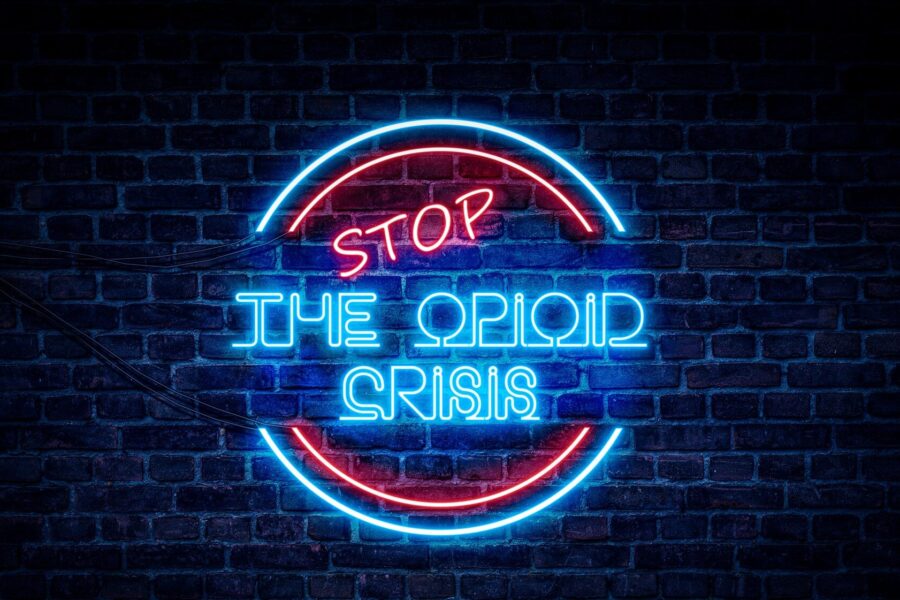The University of Wisconsin-Madison School of Pharmacy conducted three studies to better understand the process of providing injectable naltrexone services for individuals with an opioid use disorder through community pharmacies. The results from these studies formed the basis for the 2019 Injectable Naltrexone Best Practices guide for pharmacy delivered injectable naltrexone services.
UW-Madison School of Pharmacy Studies
- Development of the “Straw Model”
In the first study, we interviewed a convenient sample of pharmacists currently providing injectable naltrexone services which resulted in the development of a “straw model” of pharmacist-provided injectable naltrexone. - Northeast Area Health Education Center (AHEC) Regional Survey
The second study surveyed pharmacists in the Northeast AHEC about their involvement in addressing the opioid crisis. The results from this study informed the third study. - Role of Pharmacists in the Opioid Crisis
The third study utilized a mixed methods approach to survey a larger sample of community pharmacists about their role in the opioid crisis and involved interviewing pharmacists, providers, and community health staff about existing pharmacy delivered injectable naltrexone or the feasibility of such services.
The findings from these studies are in Systematic Analysis of the Service Process and the Legislative and Regulatory Environment for a Pharmacist-Provided Naltrexone Injection Service in Wisconsin.



